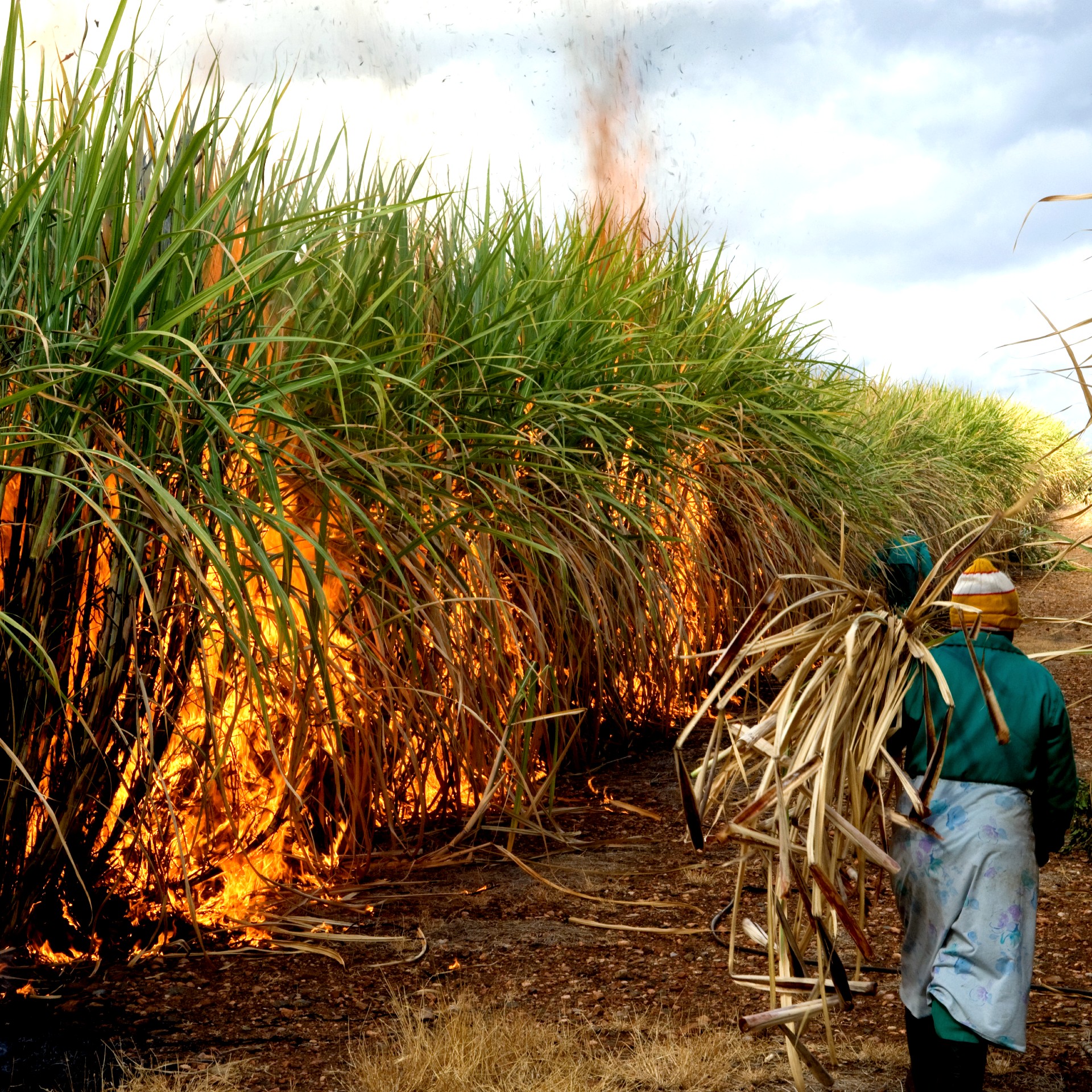
Sucrose is a disaccharide, a molecule of two monosaccharides (glucose and fructose). It is also commonly known as white table sugar.
Sugar is an essential part of life on earth. It is used to make food, medicines, and other products. It is also used in the production of ethanol from sugarcane.
Ethanol production from sugarcane
Ethanol, a liquid biofuel, is produced from sugarcane through a three-step process: milling/pretreatment, fermentation, and ethanol purification. During the milling/pretreatment step, raw sugarcane is ground and mixed with a glucose solution to create sucrose.
During the fermentation process, yeast cells (S. cerevisiae) are used to ferment the sugarcane juice. The leftover fibrous material, bagasse, which is about 45-50% moisture, is also used as a feedstock.
This lignocellulosic sugar cane waste is then integrated into the 2G bioethanol production to boost the ethanol yield. This process is a promising first step for 2G bioethanol production due to its comparatively low cost and environmental benefits.
The proposed plant design is economically viable and has a gross margin percentage of 70% after startup. This figure is significantly higher than the average range of 40% to 50%. This environmentally friendly project utilizes carbon dioxide capture and a cogeneration unit.
Ethanol production from corn
Ethanol is an alternative fuel from corn and other starch- or sugar-based feedstocks. It is used to replace gasoline in many vehicles, and it can also be blended with gasoline to make a cleaner-burning blend.
The ethanol production process begins by milling the corn kernels into a mash. Enzymes are added to help convert the starch into sugar. Then, yeast is added to ferment the sugar into ethanol.
After fermentation, the ethanol is distilled and dehydrated. A small amount of gasoline is mixed with the ethanol to make it undecidable, similar to a beer.
In the US, corn is mainly processed into ethanol using dry grind or wet milling processes. The resulting co-products are distillers’ dried grains with solubles (DDGS) and corn distillers’ oil.
DDGS and corn distillers oil are high-protein ingredients that can be used as livestock feed. These co-products are produced through wet or dry grinding of corn and a combination of soaking and drying.
Ethanol production from wheat
Ethanol is an alcohol made by fermentation of sugar or converted starch contained in grains and other agricultural and agri-forest feedstocks. The most common feedstocks used in ethanol production are corn and wheat.
Several other lignocellulosic feedstocks are available for ethanol production, including wheat straw and corn stover. These non-food-based feedstocks can also be produced more sustainably than food crops and require less water and fertilizer.
In particular, cellulose is abundant in cereal grains and can be readily transformed into ethanol by enzymatic hydrolysis. The resulting reducing sugars are mainly glucose and xylose but can also include other five-carbon sugars such as arabinose, galactose, and mannose.
A novel technique to produce bioethanol from wheat straw has been developed using a co-culture of Bacillus licheniformis and Saccharomyces cerevisiae. Simultaneous saccharification and fermentation of wheat straw were found to be an efficient processes in enhancing ethanol yield.
Ethanol production from oats
There are several ethanol production methods available for a variety of different feedstocks. Some of these include the fermentation plant sugars, while others use heat and chemicals to convert plant material to ethanol.
Ethanol can be produced from various plant-based materials, including sugarcane, corn, wheat, and oats. These materials can be used to make either conventional ethanol or second-generation biofuels.
Sucrose, an alcoholic fermentable sugar, is the most common sugar used in ethanol production. This sugar is composed of two glucose molecules linked together by a fructose molecule.
In ethanol, fructose is metabolized to produce carbon dioxide and two ATP molecules. This reaction is known as glycolysis. It is the first step in ethanol production.